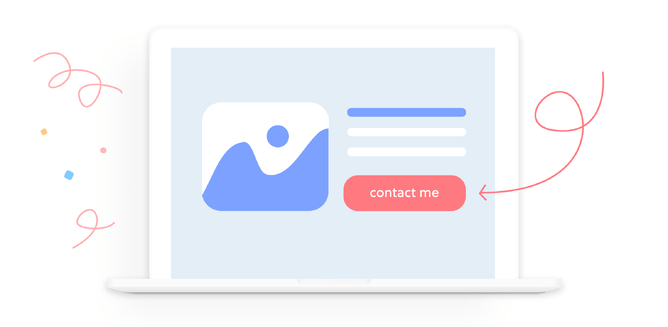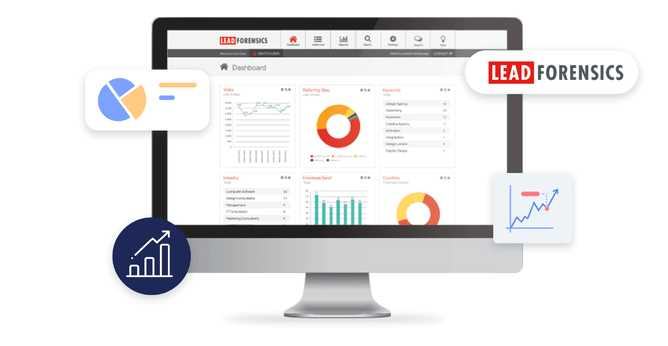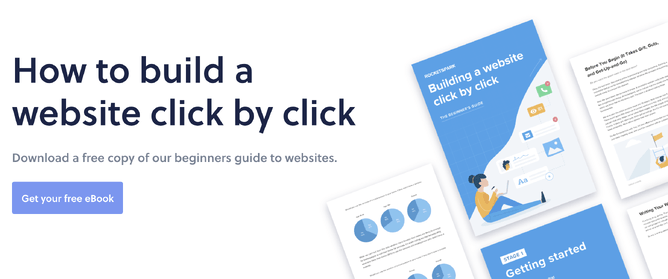No, you can’t identify individual visitors to your website (but here’s 4 things you can do instead)
In the world of ecommerce, it’s possible to know a lot about your customers. But is it possible to identify individual visitors to your website so you can reach out to them?
In a word, no. Google Analytics, which collects and analyses your web data, can do a lot of nifty things—it can even tell you where users abandon their shopping carts—but it can’t identify a particular individual user. If Analytics were a pudgy, operatic prog-rocker, it’d sing “I would do anything for statistical purposes (but I won’t do that)”.
So how can I reach out to my site visitors?
Your best bet is to get your user to take the initiative. Here are four ways to engage your visitors:
1. Email sign-up
Invite your users to sign up to receive an email newsletter. That way, you’ve got their email address. But people already feel overwhelmed by their inboxes; the most popular reason users cite for unsubscribing is “I get too many emails in general”. So how do you convince them to sign up to yet another mailing list? Make them an offer they can’t refuse. Give them an incentive like, say, dynamite content exclusively for email subscribers. At Rocketspark we offer a great guide to getting started with ecommerce. What will it cost you to get this guide? Your email address. Get more ideas here.
2. Social sharing
Social media is a powerful advertising medium because it’s so personalised. One way to tap into that personalisation is to create cracking-good content, like well-researched blog posts or videos, that users will want to share on Facebook, Twitter etc. This doesn’t give you the right to contact these users, but it does give you an idea of who’s using your site. This, in turn, might help you as you consider how to target your social media advertising. Start learning how to raise your social media game here.
3. Call-to-action
Entice your visitors into making contact with you using a call-to-action. A call-to-action is something that urges—yep, you guessed it—action. You don’t want to leave your users just hanging; you want to give them something to do. For instance, you might strategically place on the page a button that invites them to email you. Learn about the science of creating great calls-to-action here and here.
4. Lead Forensics/IP-identifying software
So you can’t identify specific visitors to your site, but you can identify unique IP addresses (with the right software). An IP address is the unique string of numbers that identifies each device using the internet. You don’t normally see these addresses, they’re usually hidden, but you can obtain them with specialist software like Lead Forensics, “a lead-generation tool designed to reveal the identity of your unknown website visitors, and turn these visitors into hot leads you can follow up with right away”. But even this has its limitations. Individuals and small businesses usually have dynamic IP addresses that change each time they connect to the internet and therefore cannot be traced to a particular person. Large businesses will typically have a static IP but you’re still left with the needle-in-a-haystack challenge of figuring out who within that organisation was actually at your site. Nevertheless, Lead Forensics could be a good solution for some businesses. Find out for yourself by trialling lead forensics software for free.
Conclusion: let’s give them something to talk about
It’s a good thing that websites can’t figure out who is using their site (the internet is already Big Brother-ish enough without being personally contacted by every online business we happen to visit). But of course, that presents online businesses with a challenge. So while you can’t reach out to them, the trick is to get them to reach out to you. Invite them to contact you. Or give them something to talk about: great content will generate positive buzz, revealing who’s using your site in the process. And if that sounds daunting, it doesn’t need to be. We’ve written extensively about how to write content that gets attention.







